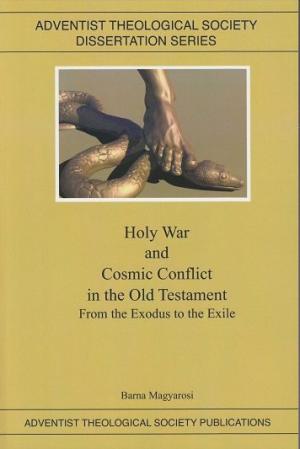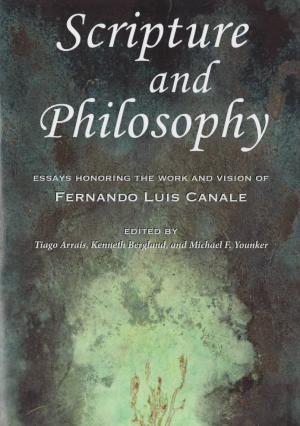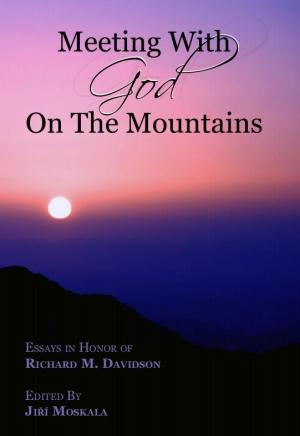Creation Sabbath—Celebrate, Rejoice, and Be Glad!
If you could spend a day celebrating God’s creativity, how would you demonstrate that to the world? Sabbath, October 23, presents the perfect occasion to involve your local church and community during the annual Creation Sabbath.
“We can share with our communities the fact that the world is wonderful, nature is beautiful, and God is amazing,” says Dr. Timothy Standish, Senior Scientist at the Geoscience Research Institute (GRI), Loma Linda, California. "It’s a day to celebrate God’s creativity rather than hold debates. As humans, our entire being screams out against injustice. Creation Sabbath is a time that we can celebrate the belief that God’s new creation is a restoration of His Divine Creation.”
Creation Sabbath began in 2009 to set aside a day to refocus attention on God’s love for us and His gift of salvation and an abundant life in Him. Dr. Nikolaus Satelmajer, then associate secretary of the denomination's Ministerial Association, was the original organizer. That year the world marked the 200th anniversary of the birth of Charles Darwin and the 150th anniversary of his book, The Origin of Species by Natural Selection.
In response to that emphasis, Creation Sabbath provided the opportunity to declare through creative and thoughtful activities that as Seventh-day Adventists, we honor and serve a Creator God. With the successful launch of Creation Sabbath, the GRI was tasked with promoting and organizing the annual event. Standish was asked to coordinate the programming and materials.
“Partnering with the Faith and Science Council, we raised funds to produce materials for use in the local church,” says Standish. “We don’t plan global events to mark this day. Instead, we encourage local churches and other institutions to organize events that are meaningful within their context and community.”
GRI representatives in each world Division promote the programming to churches, schools, and other entities. “In 2020, we had 1,400 institutions worldwide that registered and participated,” says Standish.
Examples of creativity vary from having children draw pictures of the days of Creation to a Division-wide focus. “The South American Division chose to organize a Division-wide week of creation study in the Adventist schools,” says Standish. “The students studied various aspects of creation, and the week culminated with Creation Sabbath events in each of the local churches.”
The Adventist Church in the Bahamas organized a national event. In the Philippines, the Adventist International Institute of Advanced Studies (AIIAS) used the opportunity to shine a focus on their Creation Resource Center. A congregation in Nigeria invited one of their members to bring his extensive collection of potted plants for everyone to view.
“I asked my students to write a sermon about creation,” says Standish. A student from Rwanda told of a family killed in the genocide.” The family dog grabbed the baby and spirited it away from the massacre. The dog protected the baby until rescuers came to its aid. It was a powerful reminder that God uses His creation to achieve His ends, even under the most extreme conditions.”
Standish encourages schools to register and have students share their creativity through videos, games, and images for social media. Churches should identify the creative individuals in their congregations and involve them in the planning. “Take the opportunity to worship outside and be in nature,” says Standish.
To register and access Creation Sabbath materials, visit CreationSabbath.net. Resources such as posters and banners, bulletin inserts, social media images and videos, and more are available. You can also view videos and other media on the Facebook page @Creation.Sabbath.
Storytelling is a powerful method of sharing information. “Every tribe in Africa has its own origins story,” says Standish. “What is the origin story from your ‘tribe’? Write it out and ask how it impacts your view of creation. In whatever way you celebrate Creation Sabbath, make it your own. People worry about perfection. The point of Creation Sabbath is to celebrate, rejoice, and be glad!”
Start your preparations for Creation Sabbath by reading these articles penned by fellow ATS members.
- Martin Hanna’s Science and the Gospel: A Dialogue examines broad descriptions of theology and science and discusses how to “wrestle with questions about the gospel and science-theology dialogue.” https://www.adventistreview.org/2105-20
- Can a Christian scientist hold to faith principles and still be a part of the greater scientific community? Ben Clausen reflects on his experiences in Making Friends in the Scientific Community. https://www.adventistreview.org/2105-24
- Do you know the timeline of our denomination’s proclaiming a belief in Creation? There are nuggets you don’t want to miss in Timothy Standish’s How Adventists Became Creationists. https://www.adventistreview.org/2105-36
- In Mind and Cosmos, Leonard Brand analyzes the writing of Thomas Nagel and how he’s been influenced by the writing of the Intelligent Design advocates. https://www.adventistreview.org/2105-46
- Arthur Chadwick’s article Science and Faith discusses the idea of using both faith and science to strengthen your commitment to a belief in biblical Creation. https://www.adventistreview.org/2105-42
“What is the origin story from your ‘tribe’? Write it out and ask how it impacts your view of creation. In whatever way you celebrate Creation Sabbath, make it your own.”
News Shorts
Scientific Explanation of Hanson Ranch Bonebed Published
ATS member Art Chadwick, director of the Dinosaur Excavation Project at Southwestern Adventist University, recently co-authored a paper with Jared Wood, director of the Dinosaur Science Museum, and Keith Snyder, chair of the biology department at Southern Adventist University. The paper is titled, “Over 13,000 elements from a single bonebed help elucidate disarticulation and transport of an Edmontosaurus thanatocoenosis.”
It was published in PLOS One, a peer-reviewed, open-access scientific journal published by the Public Library of Science (PLOS).
Using information gathered from the dinosaur dig (an ongoing, collaborative research project) at the Hanson Ranch in Wyoming, United States, the paper’s objective was a taphonomic examination of the deposit on the site. You can learn more about what taphonomy is and the research done by the teams by downloading the March 2021 issue of Ministry. The article appears on page 27. https://cdn.ministrymagazine.org/issues/2021/issues/MIN2021-03.pdf
ATS Members Are Busy Writing
Numerous ATS members have recently published articles on various topics. We’ve included a sampling of the items they are sharing.
Our Shared History
In Life Sketches, page 196, Ellen G. White penned these words, “In reviewing our past history, having traveled over every step of advance to our present standing, I can say, Praise God! As I see what the Lord has wrought, I am filled with astonishment, and with confidence as Christ as leader.”
Reflecting on our church history is more than inspirational. We gain insight into what the early pioneers sacrificed, are reminded of God’s faithfulness and leading, and are encouraged to avoid error and mistakes. Moreover, it should motivate and galvanize us to continue to carry the Gospel message to the entire world.
In his article, These We Believe, David Trim reviews how fundamental Adventist beliefs were formulated and the difference between a creed and a statement of beliefs. https://www.adventistreview.org/2103-22
In the ongoing Adventist Biography Series, readers can immerse themselves in the lives of Adventist pioneers. Recently, Denis Kaiser has been named as the new editor of the project. He follows George Knight, who is retiring.
https://www.adventistreview.org/unprecedented-adventist-heritage-publishing-project-changes-editors
Other Thoughts
In The Anatomy of Change, Gerald Klingbeil writes about change at both the beginning and end of Earth’s history. As we navigate the uncertainty of world events today, we can depend on a changeless God. https://www.adventistreview.org/2103-18
If you asked five different people about their feelings on change, you most likely would get five varying answers. To learn some interesting views on change within the church, you’ll want to read Lael Caesar’s Opening a Dialogue About Church and Change. https://www.adventistreview.org/2103-28
What does justice look like? When we sin, what should we expect from God’s justice? Gary Swanson addresses these topics in his article A Hallelujah. https://www.adventistreview.org/a-hallelujah
Add These ATS Members’ Works to Your Bookshelf

Through Jesus’ Eyes by Jon Paulien and Hans K. LaRondelle examines how the Christ of the New Testament Interprets and Unfolds the Old. This capstone of LaRondelle’s life work focuses on his passion for a Christ-centered understanding of the Old Testament and the implications of that understanding to interpret the book of Revelation. https://adventistbookcenter.com/through-jesus-eyes.html Coming soon
Have you ever conversed with someone who denied Jesus’ resurrection? In Risen Finding Hope in the Empty Tomb by Cliff Goldstein, you’ll read about the events that followed the crucifixion and resurrection and learn answers you can share with skeptics.
https://adventistbookcenter.com/risen:-finding-hope%20-in-the-empty-tomb.html
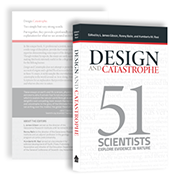
L. James Gibson, Ronny Nalin, and Humberto M. Rasi don’t attempt to prove the veracity of the biblical account of origins and a global Flood as recorded in the book of Genesis in their recent book Design and Catastrophe. Instead, in these 51 essays by 51 professional scientists, you’ll read about the overwhelming evidence of design and catastrophe in the world around us.

Rest in Christ is this year's 3rd Quarter Adult Bible Study Guide theme. Gerald and Chantal Klingbeil authored the lessons for the Guide and the accompanying book. Take an in-depth journey through the biblical foundation of true rest and its correlation to other Christian beliefs, including health, sin, salvation, surrender, death, and more.
https://adventistbookcenter.com/rest-in-christ-3q-2021-bible-bookshelf.html

In his most recent book, Within the Veil: The Ascension of the Son in the Letter to the Hebrews (Studies in Jewish and Christian Literature), Felix H. Cortez connects the promises made to David in 2 Samuel 7 to Hebrews 1 and 13. This book “opens new vistas for understanding early Christianity.”
